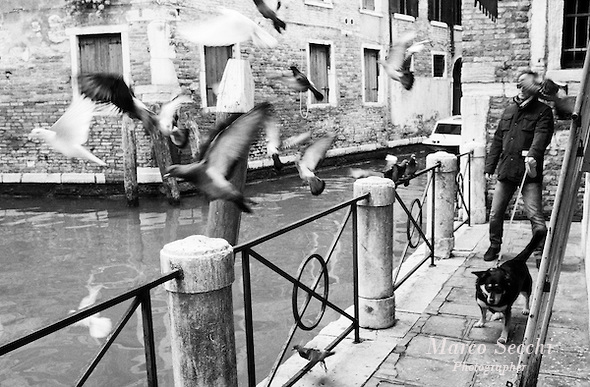Fuji X Custom Settings
/Today arrived the new firmware for most of the Fuji X series cameras. When you update all the custom settings are wiped out as well as cache memory and frame numberHere are more or less my latest custom settings.
| Name | ISO | Dynamic Range | Film Simulation | White Balance | Colour | Sharpness | Highlight | Shadow | Noise |
| Standard | AUTO | DR100 | Provia (standard) | Auto | 0 | 0 | 0 | 0 | 0 |
| Landscape Normal | 200 | DR100 | Astia (soft) | Auto | -1 | +1 | -1 | -2 | 0 |
| Landscape High Contrast | 400 | DR200 | Astia (soft) | Auto | -1 | +1 | -1 | -2 | 0 |
| Portrait Neutral | 200 | DR100 | Pro-Neg Standard | Auto | 0 | 0 | 0 | 0 | 0 |
| Portrait Neutral Higher Contrast | 400 | DR200 | Pro-Neg High | Auto | 0 | +1 | -1 | -2 | 0 |
| B&W Landscape | 800 | DR100 | Mono+Red | Auto | 0 | +1 | 0 | 0 | 0 |
| B&W Portrait | 800 | DR100 | Mono+Green | Auto | 0 | +1 | -1 | -1 | 0 |
I have set them according to the subjects I tend to shot so I can change a whole group of settings with a push of the "Q" menu button and a quick turn of the dial. Finer tweaks to color and highlight/shadow tone were done from experience of using the camera and the above are what I eventually arrived at after some months of use.
I tend to play quite a bit with Highlight Tome, Sharpness and Shadow Tone so I change them often. For the ISO thee are times when I like to have in AUTO with Standard 200, Max 3200 and min shutter speed at Focal length I am using x1.8
While I like the more saturated colors and higher contrast in Astia (soft) for landscape generally, I found it tended to clip into the shadows too easily so I somewhat reduced the contrast there by making a -2 adjustment.
For portraits the Provia (standard) or Pro-Neg film simulations work well as they are rather neutral and subdued in colour, so render skin tones well. The Pro-Neg Hi gives the same colours but more contrast. I reduced the contrast at the shadow end as I found it was clipping to black too readily.
The dynamic range settings work really well and allow the camera to record more detail in highlights and shadows than in a normal exposure. For the higher DR setting (DR200 is all I have needed) the camera needs to be set to ISO 400 but the sensor/processor is so effective that there is no discernible noise penalty. It isn't an HDR feature....my understanding is that it works like many other similar features and the camera basically underexposes the image then processes in an exposure and tone curve that avoids clipping at each end.
The Jpeg output is so good on this camera that I shoot Jpeg almost all the time, whereas I only shoot RAW on my Nikon DSLRs. Images from the X-E1 print superbly and have amazing pixel level sharpness. The camera seems to resolve beyond what its 16MP sensor should, probably due to the absence of the anti aliasing filter. Strangely, when 100% images are viewed on a computer monitor, detail can look somewhat mushy due to the unusual colour filter layout of the X-Trans sensor, but images view nicely at normal sizes and print in a very natural way, giving what I would describe as an organic look to textures that look real enough to touch and bitingly sharp.












